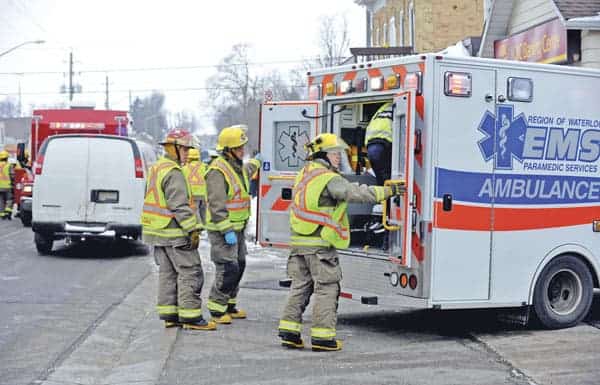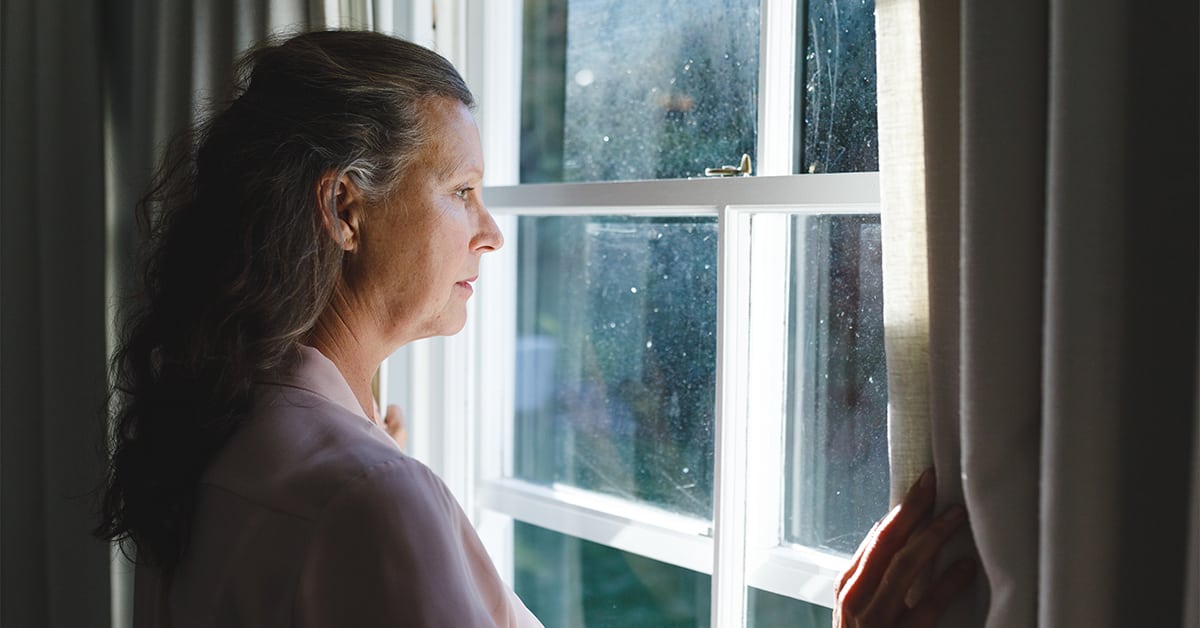Expanded ambulance services are on tap for Waterloo Region. Officials are looking at adding some 30 vehicles and 55 paramedics to the mix.
During last week’s community services committee meeting, councillors unanimously approved a proposal that would implement three 12-hour ambulances, one emergency response unit and the required staff in October at a total cost of $717,000. It would add eight more ambulances in 2023 pending budget approval. Council also approved the pre-ordering of up to 17 more ambulances.
The total cost of the ambulances would be $10 million, with $5.3 million coming out of the region’s tax stabilization reserve.
According to paramedic chief Stephen Van Valkenburg, the projected population growth, plus an aging demographic means that calls for ambulance services are increasing.
“Our call volumes in 2021 show a 10 per cent increase over 2020. That continues to grow at a rapid pace this year. Our utilization target benchmarks that are in the 2019 master plan was 35 per cent. Since 2021 utilization has been steadily increasing – as of the end of the first quarter of 2022, our utilization reached the daily average for 52.3,” Van Valkenberg told the committee.
This has had an impact on paramedics, he noted.
“With the utilization rate being so high that the crews are really just running from call to call to call. There’s no time for breaks. There’s no time for lunches. Folks are actually experiencing overtime at end shift because our calls keep coming in. So that’s one of the big impacts of the service,” he told The Observer in an interview this week.
While regional Chair Karen Redman said this is necessary investment in a community service, she also acknowledged the recent strain on the region’s budget.
“I would just like to flag for colleagues that it’s a huge issue paying for growth,” she said.
While the region has challenges with growth and an aging population, ambulance services across the province are experiencing similar concerns, Van Valkenberg said.
“Every service in the province has actually been experiencing issues whether with offload decal volume or offload delay, and certainly with budgetary issues, that’s pretty universal across the province. We certainly are, I would say, somewhat more challenged than some of the other services, but they’re all experiencing similar issues, ” he said.
Van Valkenberg told the committee there are other steps emergency services are taking to try to improve services, such as the future implementation of a priority dispatch system that will help triage calls. The current community paramedicine program, which provides in-home services, is starting to gain some traction.
However, this is not a perfect solution, Van Valkernberg told The Observer.
“The problem with that is if you’re doing 60,000 or 70,000 calls a year, the number of community paramedic calls are much lower. It has an impact but it’s not going to make a huge dent in it,” he said.
While additional ambulances and paramedics represent a significant budget increase, Van Valkenberg said they are “absolutely needed.”
“We want to make sure that ambulances are available when someone calls 9-1-1. We want to make sure that there’s a resource available. And without this infusion, we’re at jeopardy of not being able to respond the next time someone calls.”









